I wonder how many of you photographers out there can remember your very first film camera? I can… A Petri TTL, purchased from Mr Cad, when he had his shop in West Croydon High Street – my first real camera, and the start of my life as a professional photographer.
I first started as a wedding and GP photographer at a studio in Kent, and eventually ran my own studio and film processing business in Thornton Heath in Surrey. I also taught a variety of modules on the City and Guilds 9231 series, such a brilliant course for learning photography, and a real pity it came to and end.
Today, I am still rather a Dinosaur always preferring film, and never really graduating to digital easily, although I eventually got round to purchasing and using them. One of these I recently picked up at a charity shop, a Canon G1 from the year 2000, and Canon really pulled the stops out with this one.
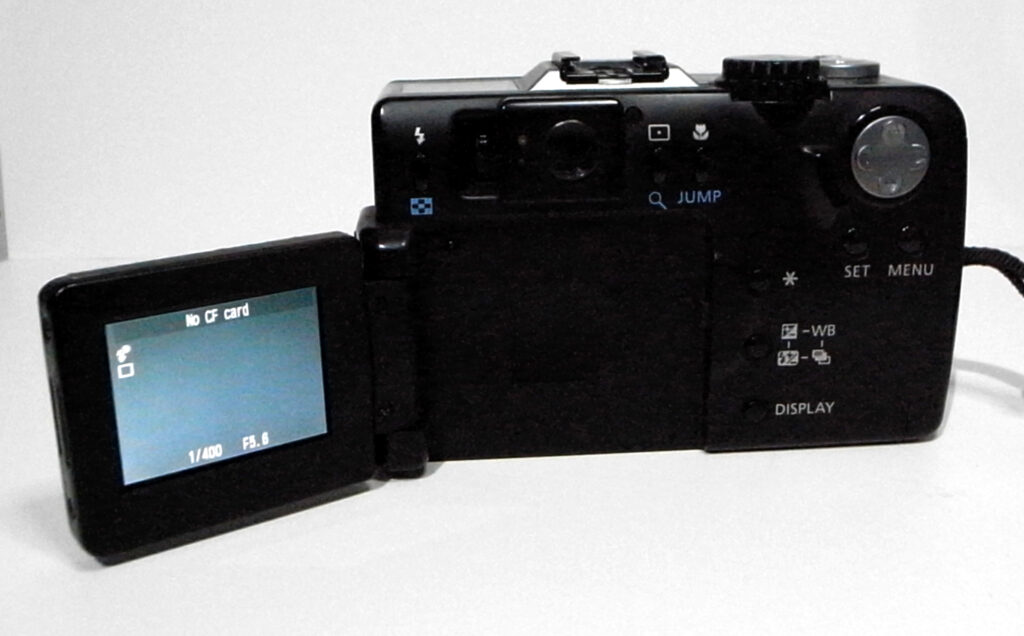
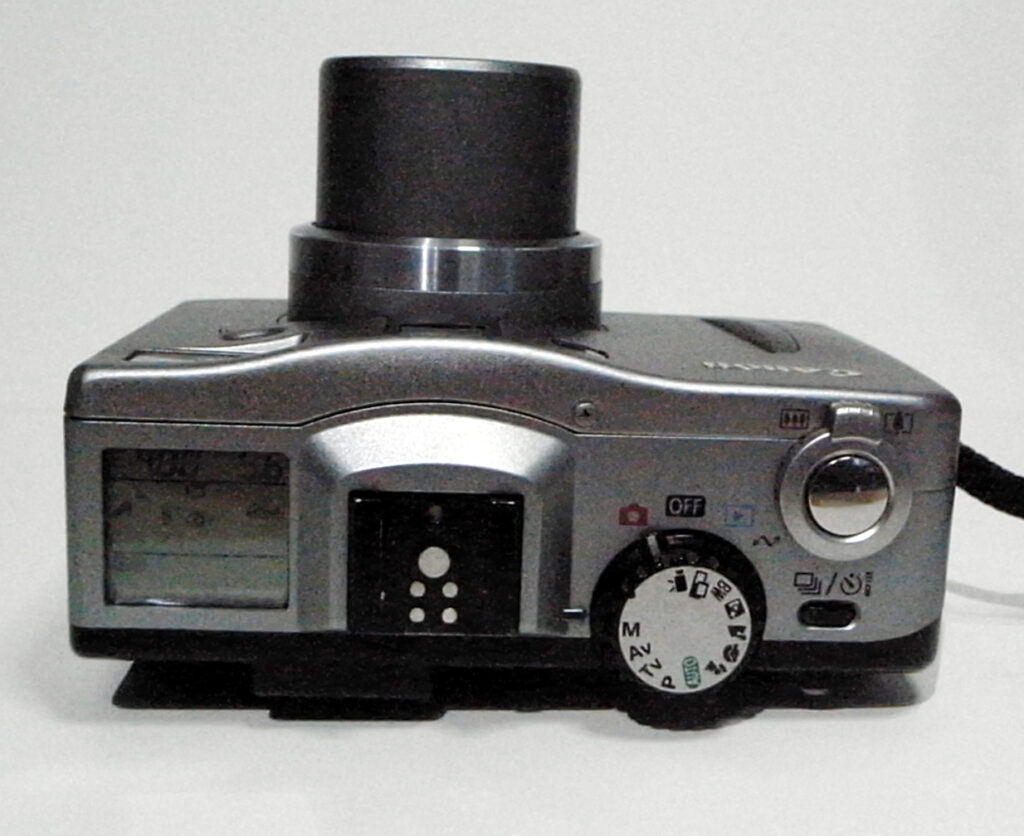
The Canon G1 is pro-sumer camera, and apart from the small zoom and sensor, it’s features offer a lot that is rarely available, even on many compacts of today. The camera is extremely well built, mostly made of metal, but a bit on the hefty side for a carry around compact.
The top offers us a monochrome LCD, a flash shoe and a shutter button, and on the back we have a rear swing out LCD screen, which is small, but perfectly usable, even in reasonably bright light situations.
The left control dial on the top uses the PSAM mode, which most of us will be familiar with, and on the right side, the dial is a two ring affair, which turns the camera on and off, and into playback mode. In use the camera handles like a standard compact, but is slow in replay, bearing in mind its age.
The G1 features a 3.34 Megapixel 1 1/8 CCD sensor, sitting behind a 3 times optical zoom, which equates to a 34-102mm lens on a 35mm SLR. The metering is centre weighted, with optical spot metering, and the ISO range runs from 50-400.
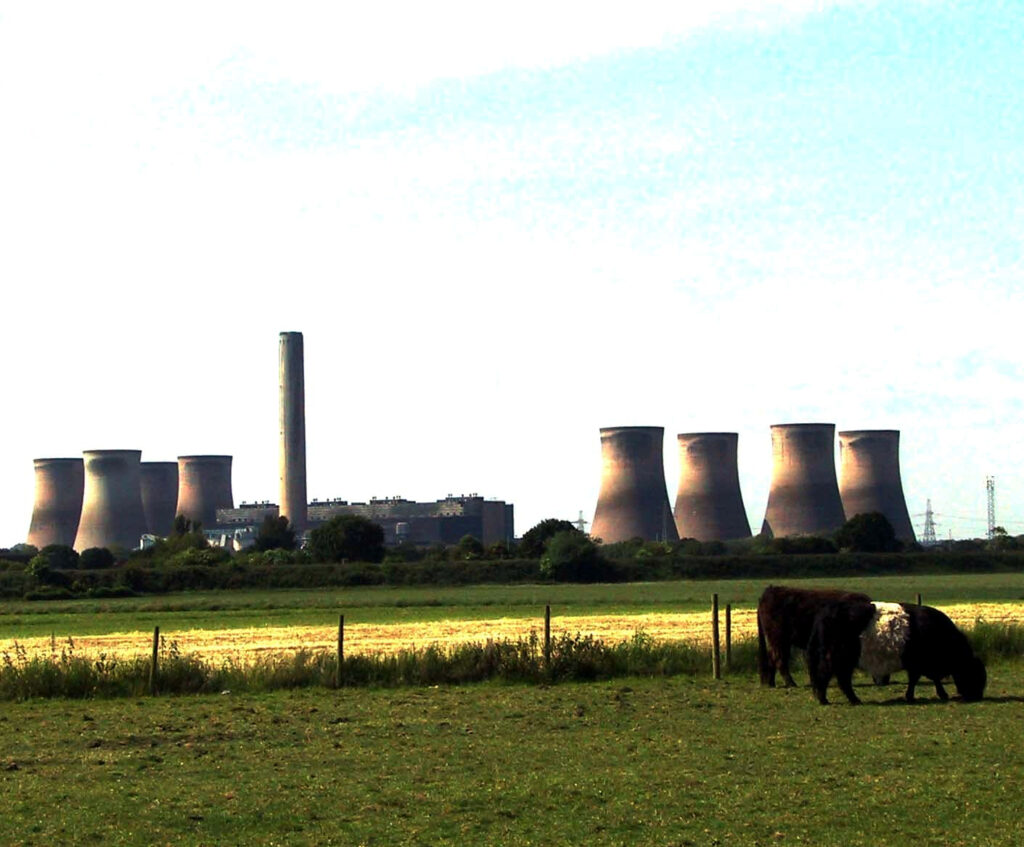
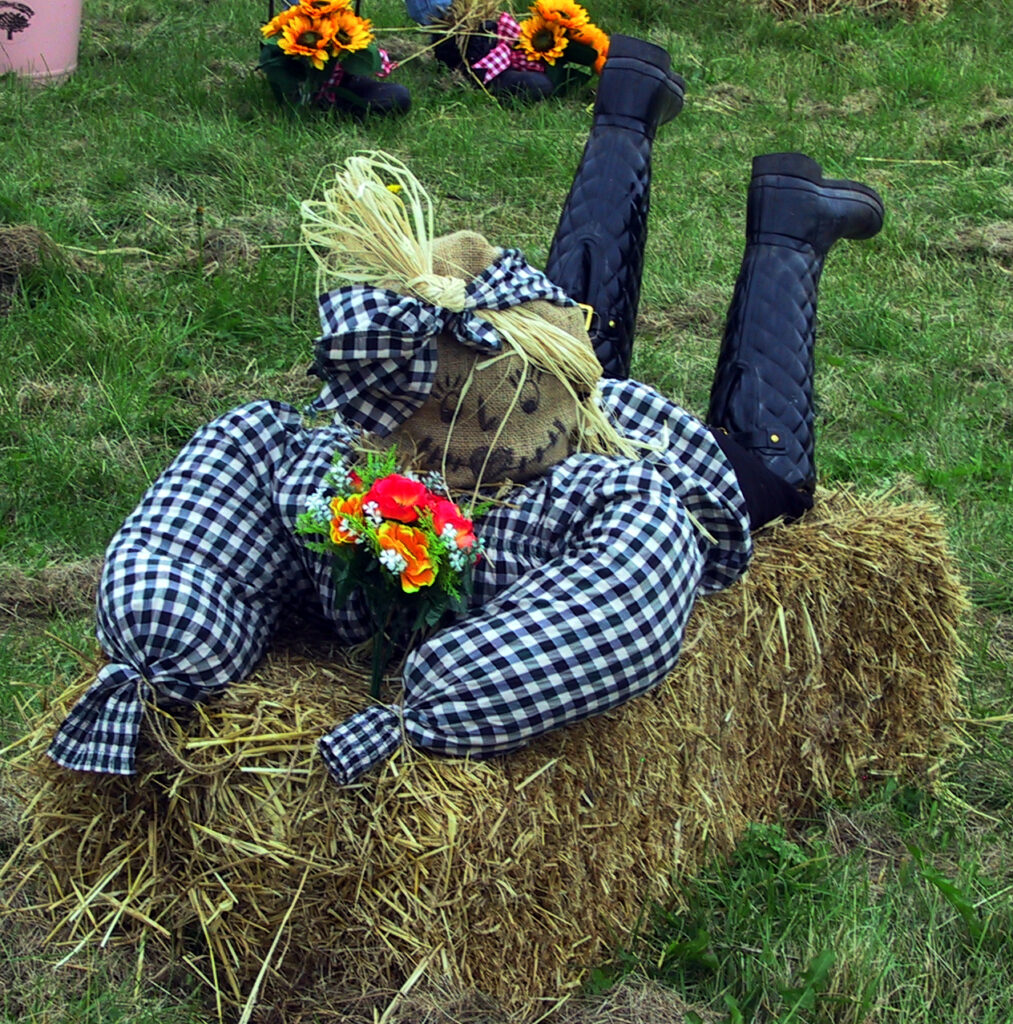
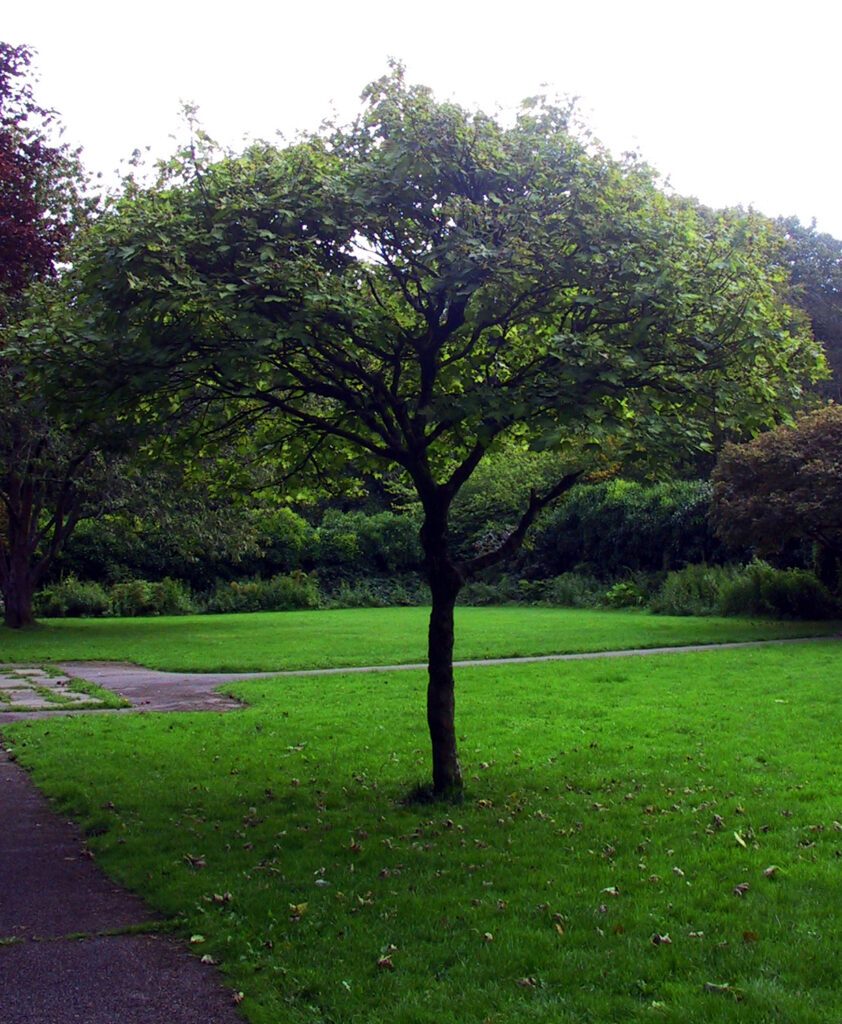
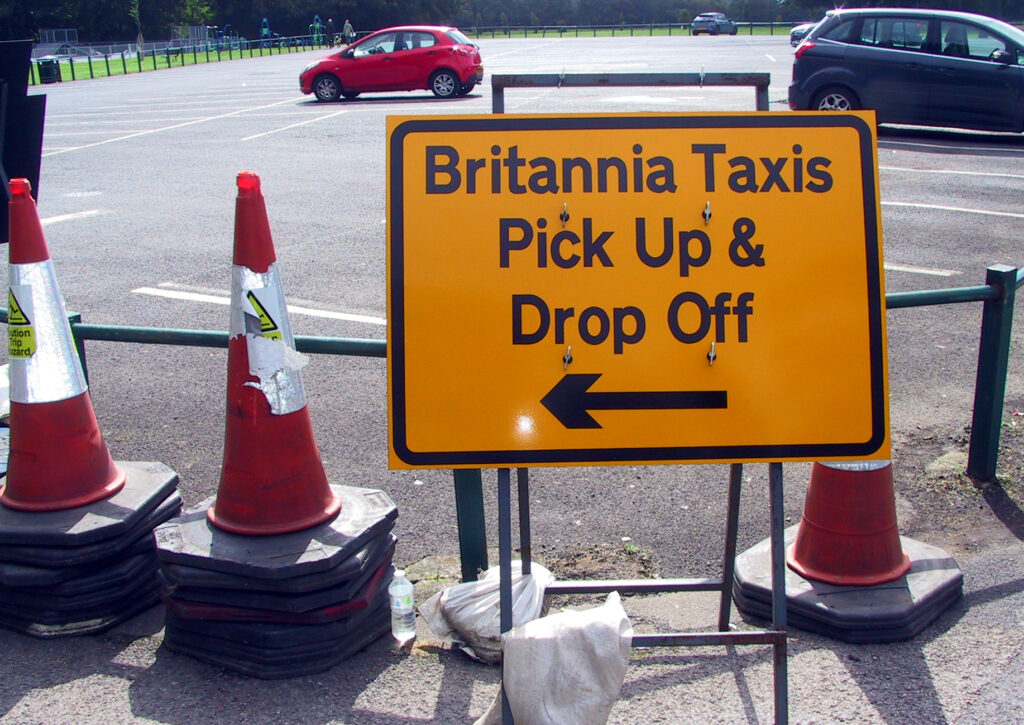
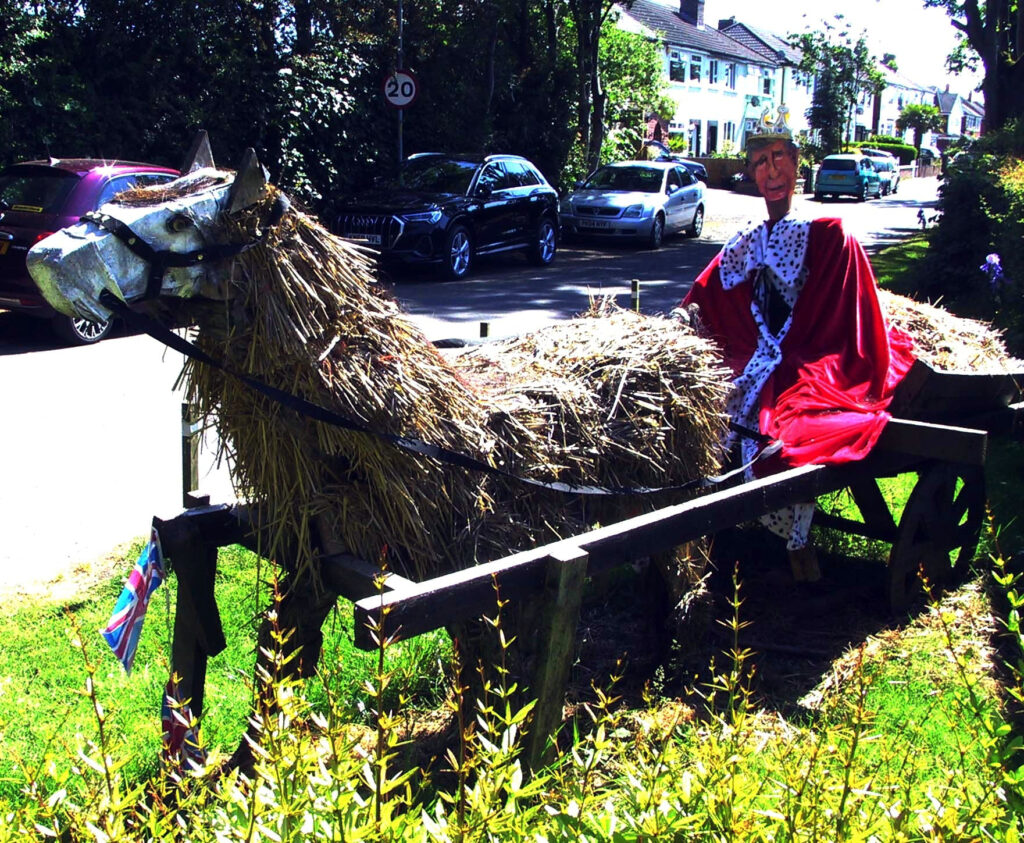 The Canon battery is a BP-511A, which is still obtainable, and used by many of the later digital cameras, such as the Canon 10D and the Canon 5D Classic. Image storage uses compact flash cards type 1 and 2, but limited to 2GB, and I found it easier to use them with a separate card reader.
The Canon battery is a BP-511A, which is still obtainable, and used by many of the later digital cameras, such as the Canon 10D and the Canon 5D Classic. Image storage uses compact flash cards type 1 and 2, but limited to 2GB, and I found it easier to use them with a separate card reader.
In use the camera is a real pleasure, and considering it’s twenty four years old, gives a really beautiful rendering with its images, very film like in appearance. Okay, it takes time to replay the images, and see the images, but I am never in a hurry anyway. It slows me down, and gives me time to really appreciate the art of photography, and all this, for the princely sum of a fiver, not bad really.
Share this post:
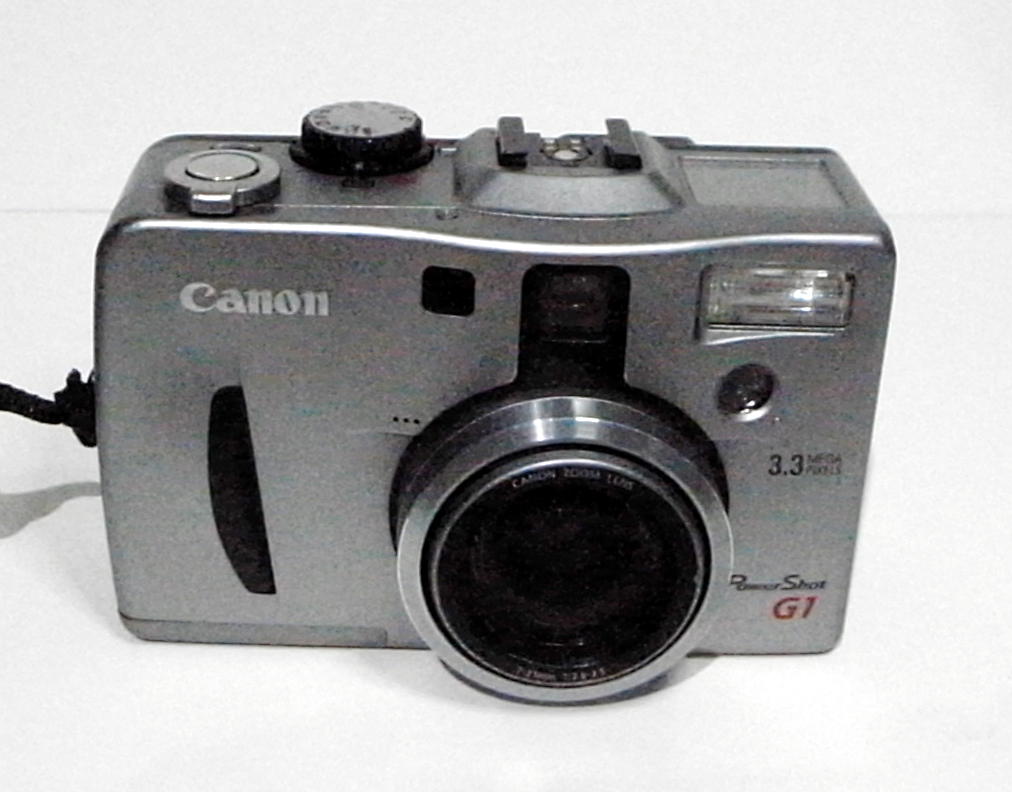
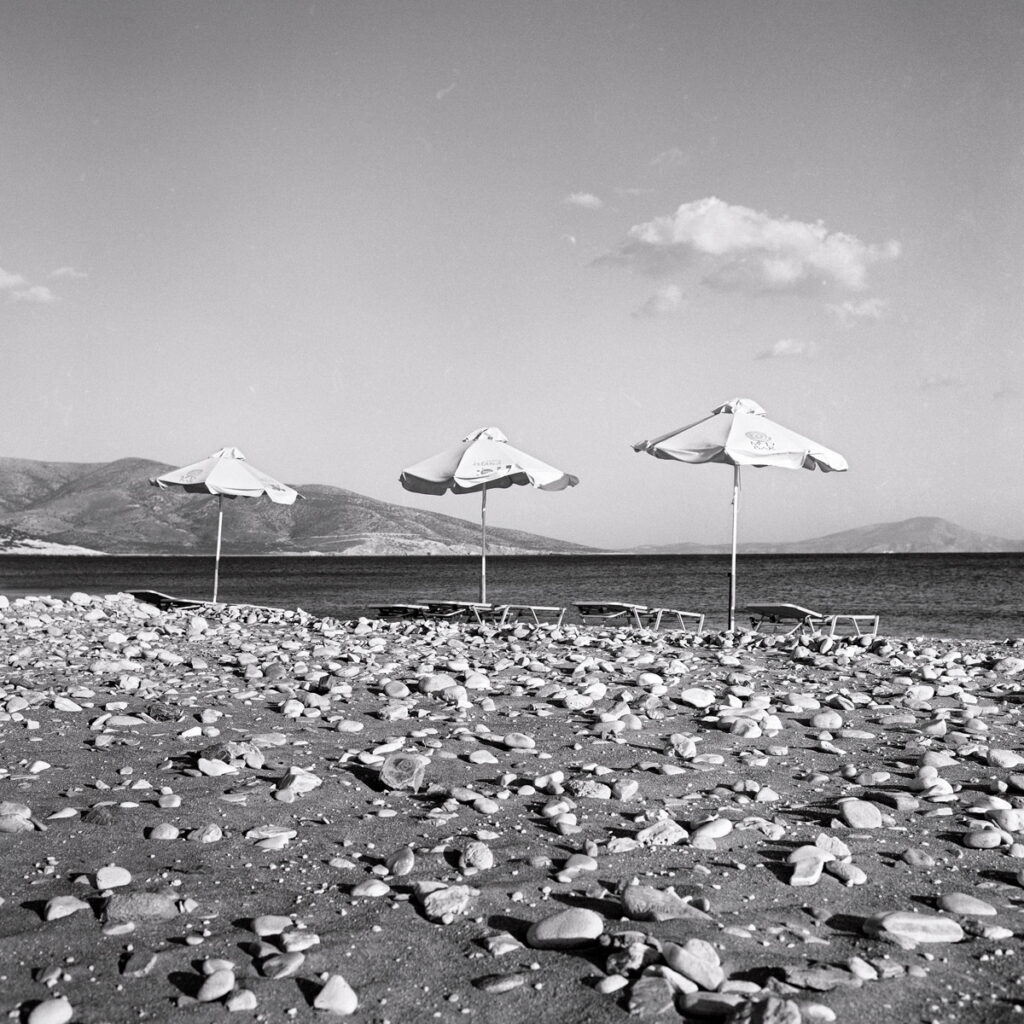
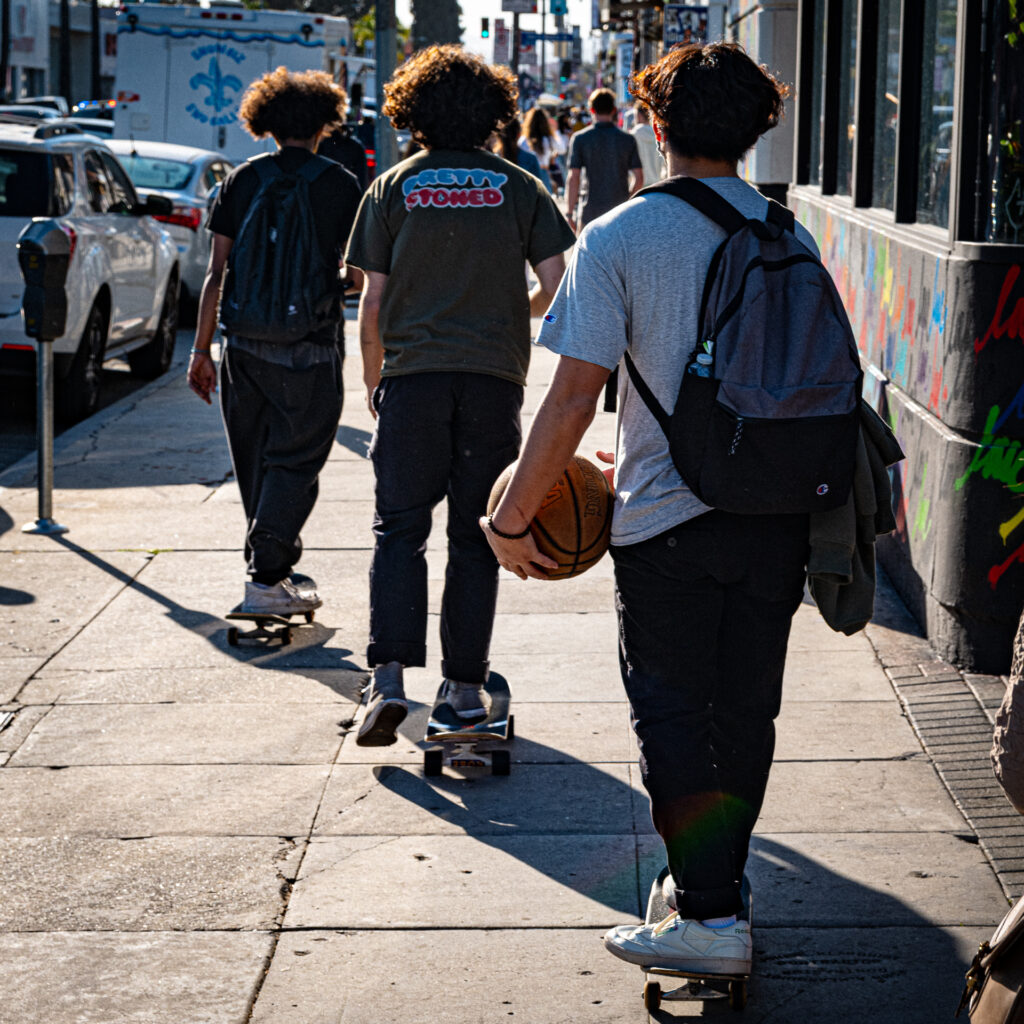
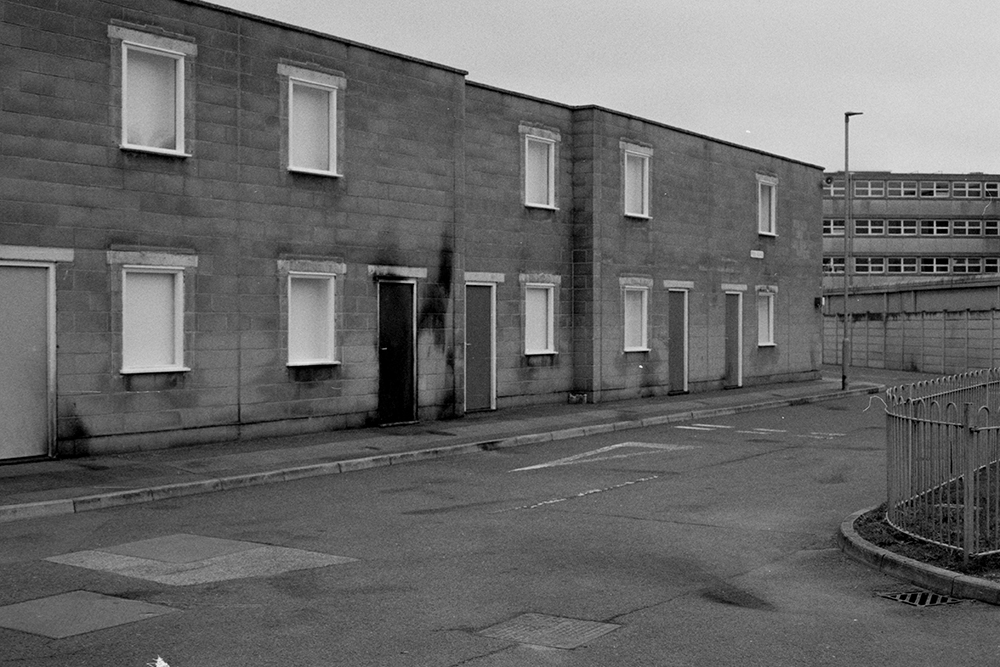
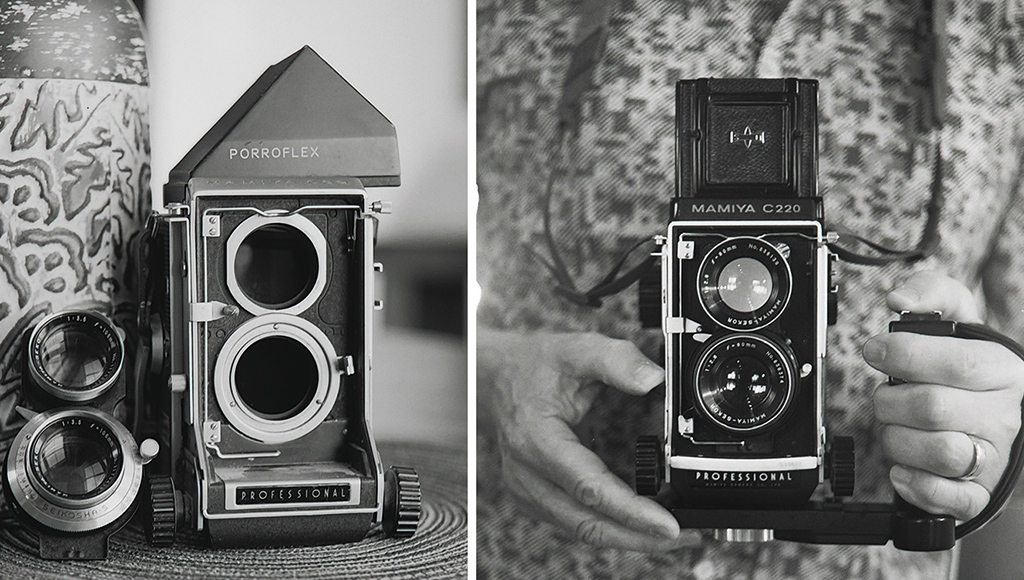




Comments
Jeff T. on 5 Frames with a Canon G1 – a Little Known Classic
Comment posted: 20/10/2024
Comment posted: 20/10/2024
Comment posted: 20/10/2024
Jeffery Luhn on 5 Frames with a Canon G1 – a Little Known Classic
Comment posted: 20/10/2024
You have proven why good photography is a product of a good photographer, not the camera. I'd feel hamstrung by such a slow replay. My first digital, a Sony, sits in a place of honor on a shelf, but never goes out for walks. I applaud your patience. I too am film obsessed, and have no qualms about the challenges of slow mechanical operation on my Zeiss folding cameras. But I have no such affection for old digital machines. I envy your compassion. Thank you for your good writing and photos.
Gary Smith on 5 Frames with a Canon G1 – a Little Known Classic
Comment posted: 20/10/2024